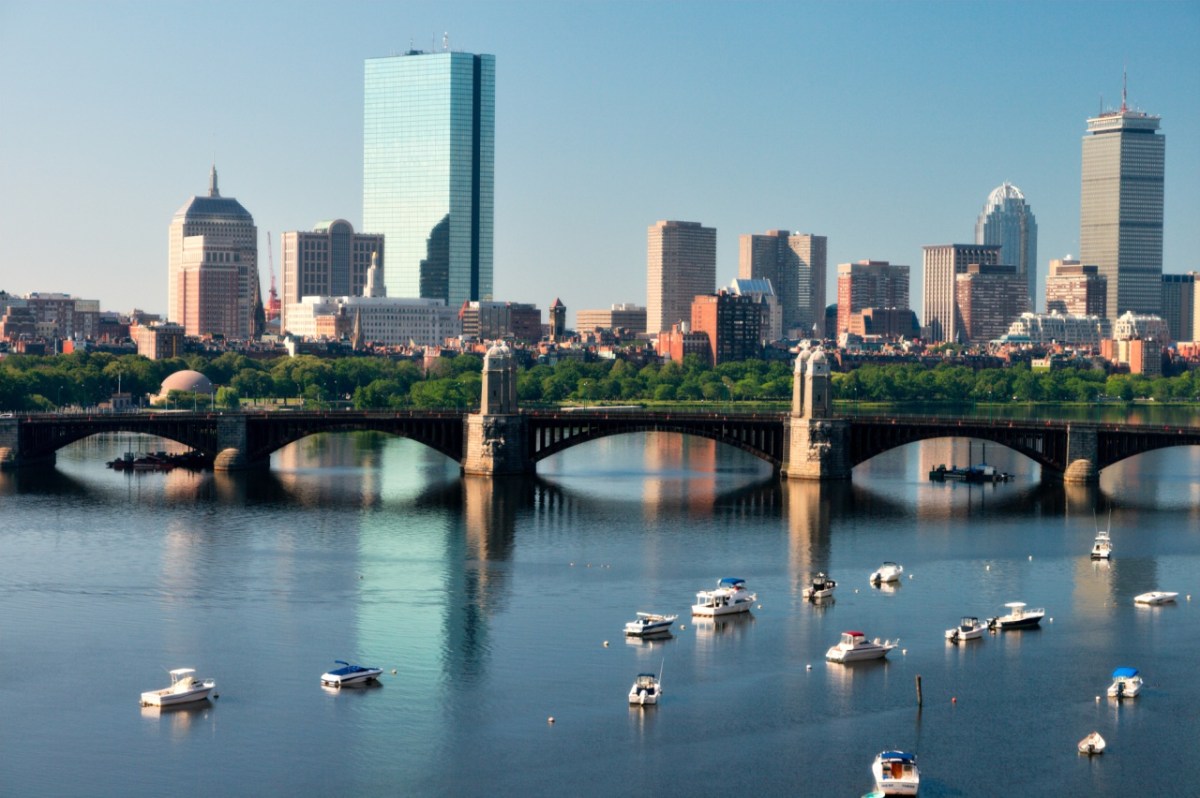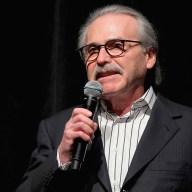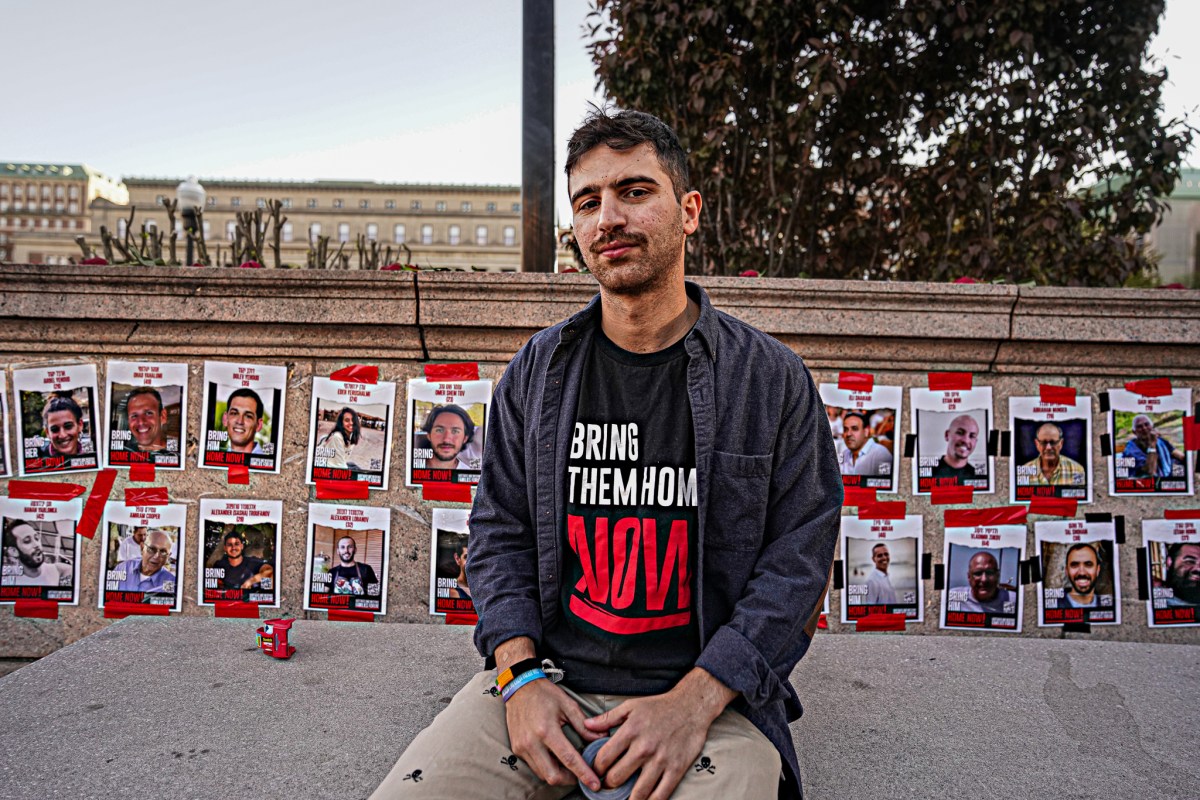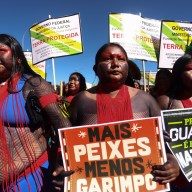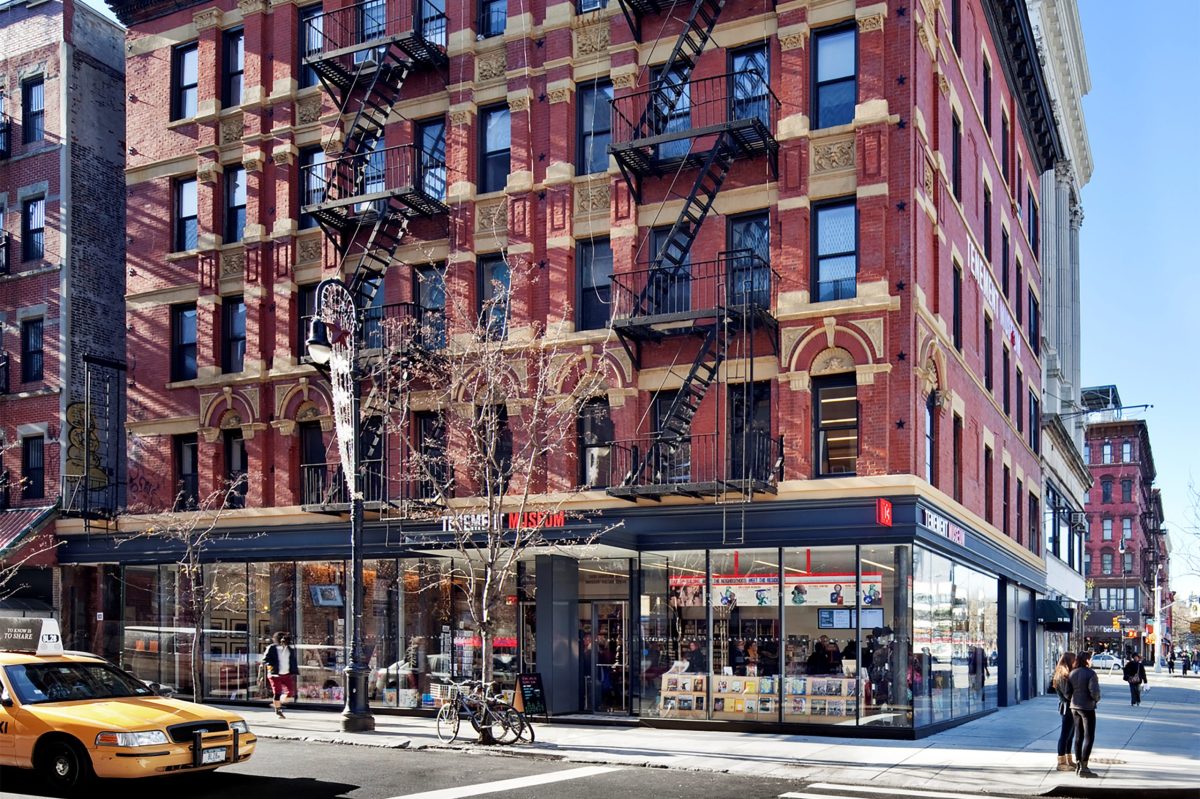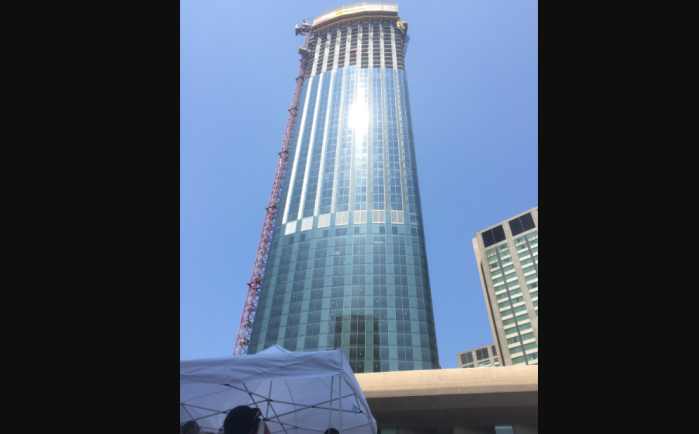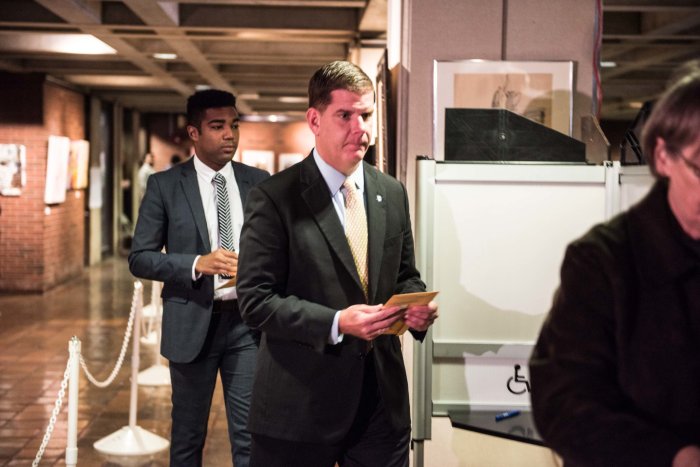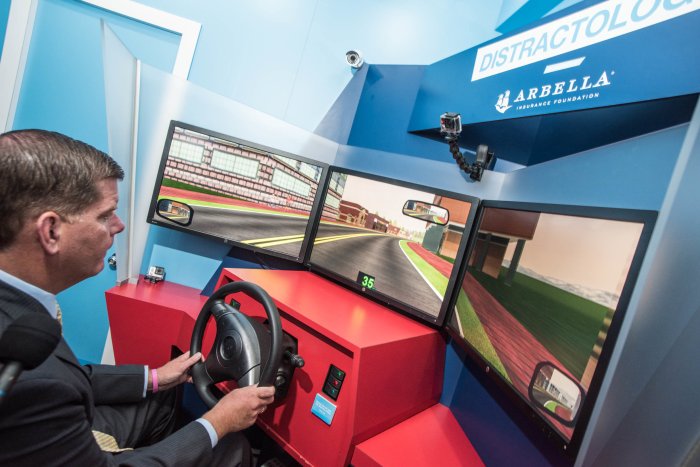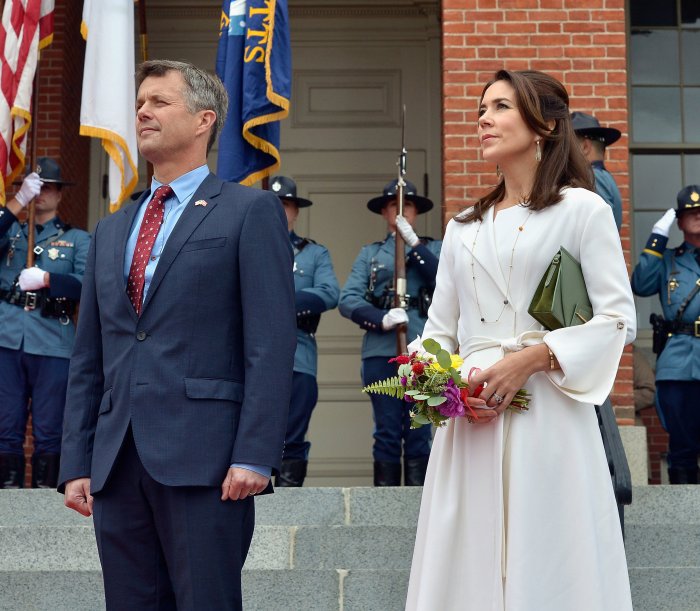By 2030, Boston will need at least 53,000 more housing units than it currently has in order to keep up with its growing population, city officials project. By 2050, another 42,000 on top of that.
Where will these homes fit into Boston proper’s 49 square miles? That’s one of the questions that the city’s Imagine Boston 2030 plan aims to answer.
The city released on Thursday the second iteration of the Imagine Boston 2030 draft plan, which was crafted with the help of more than 14,000 residents who added their voices to topics such as affordable housing, climate change and technology.
This is Boston’s first citywide plan in 50 years, so it addresses multiple issues. At the core, it seems, is this growth that the city will see and what that means the Boston of the future will look like.
“This new draft of Imagine Boston 2030 takes a careful and proactive approach to making sure that all Bostonians benefit from the historic growth that is happening in our city,” Mayor Marty Walsh said in a statement. “As we continue to make investments to expand access to opportunity, we also want to make sure that people can afford to stay in neighborhoods they live — in the neighborhoods they helped build.”
To do so, the plan identifies three types of places that can be upgraded:
Enhance existing neighborhoods
Current neighborhoods could get a revamp under this draft plan with investments in open spaces and arts as well as amenities like healthy food options and drug stores. The plan also aims to create newly developed housing that is responsible to area incomes and put in place proactive anti-displacement policies. The plan points to Upham’s Corner as an example of this kind of enhancement.
Encourage a mixed-use core
Imagine Boston 2030 wants to make the core of the city more vibrant and open to more uses on nights and weekends rather than being all industry and commerce. That means areas like Downtown and Longwood would see job growth as well as new housing so residents can be close to their jobs, the city said. Also, they would feature activity centers that make those neighborhoods a more rewarding “destination” for both residents and visitors.
Expand neighborhoods
The “edges” of existing neighborhoods need more love, the city says, in order to “stitch together the physical fabric of the city.” This would help alleviate housing pressure affecting the existing neighborhoods, the plan notes. The city also aims to develop more job opportunities in these overlooked areas by developing offices and industrial spaces to accommodate residents. Building up the transportation options will make these areas more easily accessible, also.
Six areas are highlighted as “expanded neighborhoods” in which the city is guiding growth: Sullivan Square, Newmarket and Widett Circle, Fort Point Channel, Suffolk Downs, Readville and Beacon Yards.
Other goals of the extensive Imagine Boston 2030 plan include making Franklin Park a destination as the heart of the city, improving connections and frequency along the Fairmount/Indigo line, revitalizing the Waterfront so that it’s more climate-resilient and making Boston carbon-neutral by 2050.
Find more information at imagine.boston.gov.

